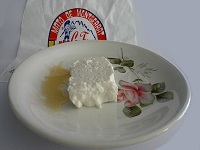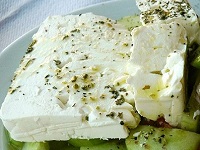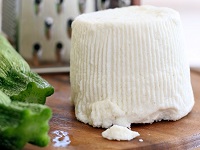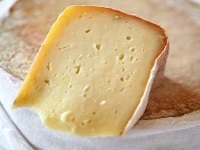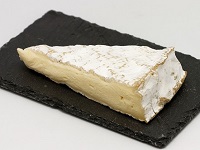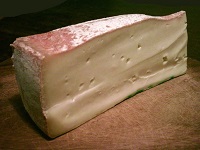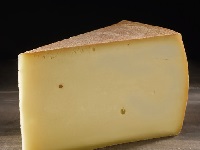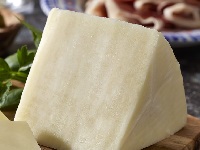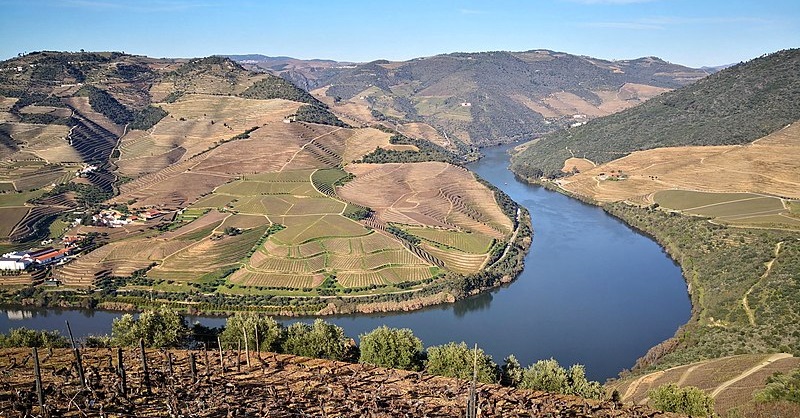Albillo (Spain)
Albillo is a white wine grape primarily planted in the Ribera del Duero region, but also in Madrid, Ávila and Galicia.
Albillo Flavors
Citrus, Apple, and Pineapple are typical Albillo flavors, with hints of Valencia Roses.
Lemon |
Apple |
Pineapple |
Roses |
Albillo Profile
Albillo wines are dry, clear, with a crispy acidity:
| SUGAR: | Dry (3 g/l) |
| BODY: | Medium - Light |
| FRUIT: | Medium - Light |
| ACIDITY: | Medium - High |
| ALCOHOL: | 12.5-13.5% |
| Serving temperature: 8-10°C (46-50°F) | |
Albillo Food Pairing
Albillo is an easy-drinking wine with moderate acidity.
It pairs best with rich white fish and seafood, especially with lemon-heavy flavors.
Salads |
Vinegar |
Garlic |
Salmon |
Seafood |
Lobster |
Fish |
Chicken |
Excellent Pairings
Salads with Lemon Vinaigrette.
Garlic Prawns. Soups.
Seafood. Crab. Lobster.
White Fish. Lemon Butter Sauce.
Cured Ham. Smoked Salmon.
Roasted Chicken. Grilled Chicken Breasts.
Cheeses
Savory Cheeses.
Manchego. Asiago. Beaufort. Cantal. Cheddar. Comté.
Spanish Specialities
Seafood Paella.
Quiche.
Scallops.
Jumbo Salad.
Claypot Rice with Fish.
Ginger Roasted Salmon.
Grilled Sardines in Green Pepper.
The Ideal Glass for Albillo
A Tulip Shaped Glass with a slightly smaller bowl can be suitable for various dry white wines.
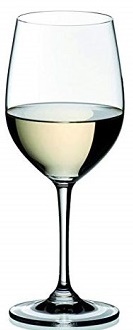
|
The glass guides the wine to the center of your mouth, avoiding the sides where acidity is less pleasant.
A smaller bowl also helps to serve smaller quantities, and keep the wine cold. It also helps if you hold the glass by the stem! |
Albillo Cheese Pairing
Fresh and Mild Cheeses
Mató: Albillo's bright acidity and refreshing character will complement the subtle tanginess of this cheese, making it an excellent pairing choice.
Goat Cheese (Feta): The tanginess complements the subtle fruit notes in Albillo.
Ricotta: Especially good if served with a drizzle of honey or fresh fruits.
Soft Cheeses
Serra da Estrela: Albillo lively acidity, stone fruit flavors, and mineral notes will provide a refreshing contrast to the creamy texture of a Serra da Estrela
Brie: The creamy texture and mild flavor work beautifully with Albillo.
Fontina: Its nutty, buttery qualities make a good match.
Semi-Soft
Manchego: A classic Spanish pairing, especially younger Manchego, which is less intense.
Gruyère: Mildly nutty and sweet, enhancing the wine's subtlety.
If You Like Albillo
You May Also Like:
DO Ribera del Duero
Ribera del Duero (Banks of Duero) is one of Spain's top red wine regions.
The region attracts wine-lovers from around the globe with red Ribera del Duero wines made from the Tinto Fino (Tempranillo) grape. A small amount of rosado wine is also made in the region.
The vineyards flank the Duero River and stretch up to limestone cliffs that rise between 700 and 1,000 meters above sea level.
Some producers successfully blend in Bordeaux varieties.
In 1864, Eloy Lecanda y Chaves, a Bordeaux-trained Spanish winemaker, established Vega Sicilia east of Valladolid. He planted his vineyards with Tinto Fino (Temranillo), Cabernet Sauvignon, Merlot, and Malbec, and started to create wine blends with significant commercial success.
Vega Sicilia is one of Spain's most notable producers.
Appellation Rules
DO wines must contain minimum 75% Tempranillo (most are made with 100 percent).
Blends may contain maximun 25% Cabernet Sauvignon, Merlot, or Malbec.
| Name | Aging |
|---|---|
| Cosecha | No aging spesification |
| Crianza | Min 24 months. Min 12 months in Barrel |
| Reserva | Min 36 months. Min 12 months in Barrel |
| Grand Reserva | Min 48 months. Min 24 months in Barrel |
Rosé wines can undergo the same aging as red wines.
Black Grapes | White Grapes |
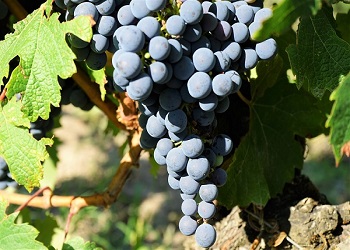
90% Tino Finto |
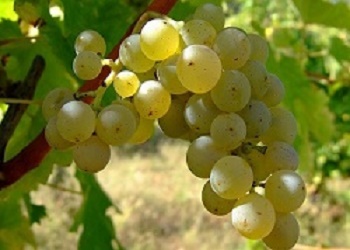
1% Albillo |
Soil | Climate |
|
Sand / Silt / Clay Topsoil. |
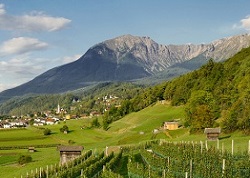
Hot and Dry Continental. |
